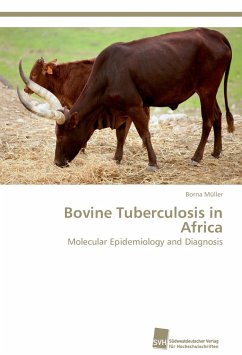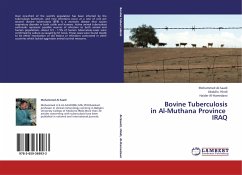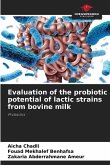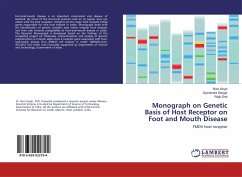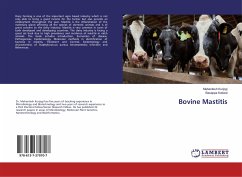Mycobacterium bovis is the major causative agent of bovine tuberculosis (BTB). BTB can impact international trade, affects the ecosystem via transmission to wildlife and is of public health concern due to its zoonotic potential. Although still present in some high-income countries, today, BTB mostly affects developing nations, which lack the resources to apply expensive disease control schemes. In Africa, BTB is present virtually on the whole continent, affecting millions of poor cattle holders with little other livelihood options. However, accurate information on disease distribution and prevalence in cattle is scarce. Herein, Dr. Borna Müller, presents recently gained insights into the population structure of M. bovis in Africa and ways to improve diagnosis and surveillance of BTB in high-incidence, low-income countries. He describes how modern molecular methods have helped discovering an unexpected geographical localization of distinct clonal complexes of M. bovis strains in Africa and discusses its implications for BTB control. Moreover, based on his research results, he gives recommendations to improve diagnosis of BTB in sub-Saharan Africa.
Bitte wählen Sie Ihr Anliegen aus.
Rechnungen
Retourenschein anfordern
Bestellstatus
Storno

